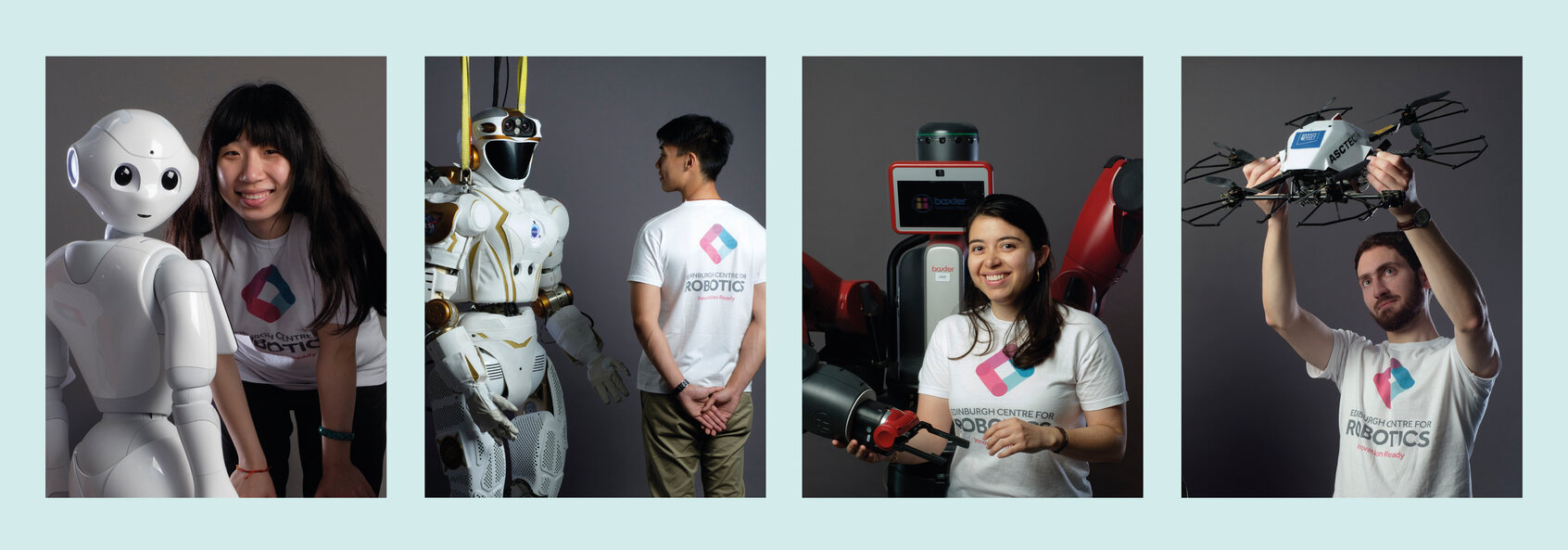Abstract
The concept of robots, or other autonomous constructions, can be found in many different cultures dating back to ancient times. A social robot is the Internet of Things (IoT) consisting of a physical robot component that connects to Cloud services to improve the ease and productivity of activities through networking, multi-media, and sensory technologies. Many studies found out that anthropomorphic designs of what robots are, what they can do, and how they should be understood resulted in greater user engagement within the history of Western countries. Humanoid robots usually behave like natural social interaction partners for human users, with features such as speech, gestures, and eye-gaze, referring to the users' data and social background. However, cultural differences may influence human-robot interaction with different social norms and cultural traits. This talk will give an overview of Human Robot Interaction (HRI) with case studies and demonstrations.
Bio
Patrick C. K. Hung is a Professor, Graduate Program Director of Computer Science, and Director of International Programs at the Faculty of Business and Information Technology at Ontario Tech University, Canada. Patrick worked with Boeing Research and Technology at Seattle on aviation services-related research with two U.S. patents on mobile network dynamic workflow systems. Before that, he was a Research Scientist with the Commonwealth Scientific and Industrial Research Organization (CSIRO) in Australia. Patrick is a founding member of the IEEE Technical Committee on Services Computing and IEEE Transactions on Services Computing. In addition, he is a coordinating editor of the Information Systems Frontiers. He has a Ph.D. and Master in Computer Science from Hong Kong University of Science and Technology, a Master in Management Sciences from the University of Waterloo, Canada, and a Bachelor in Computer Science from the University of New South Wales, Australia.

